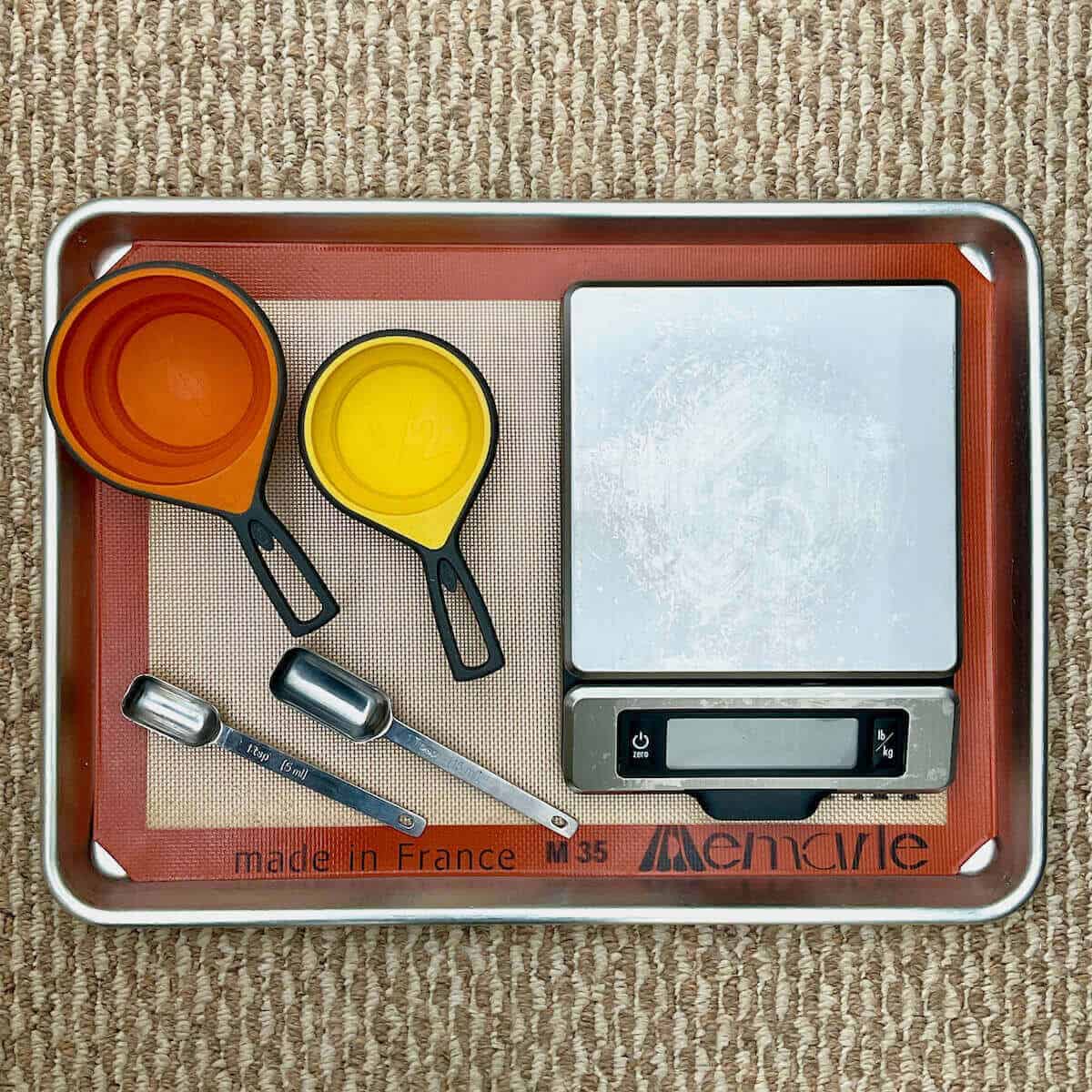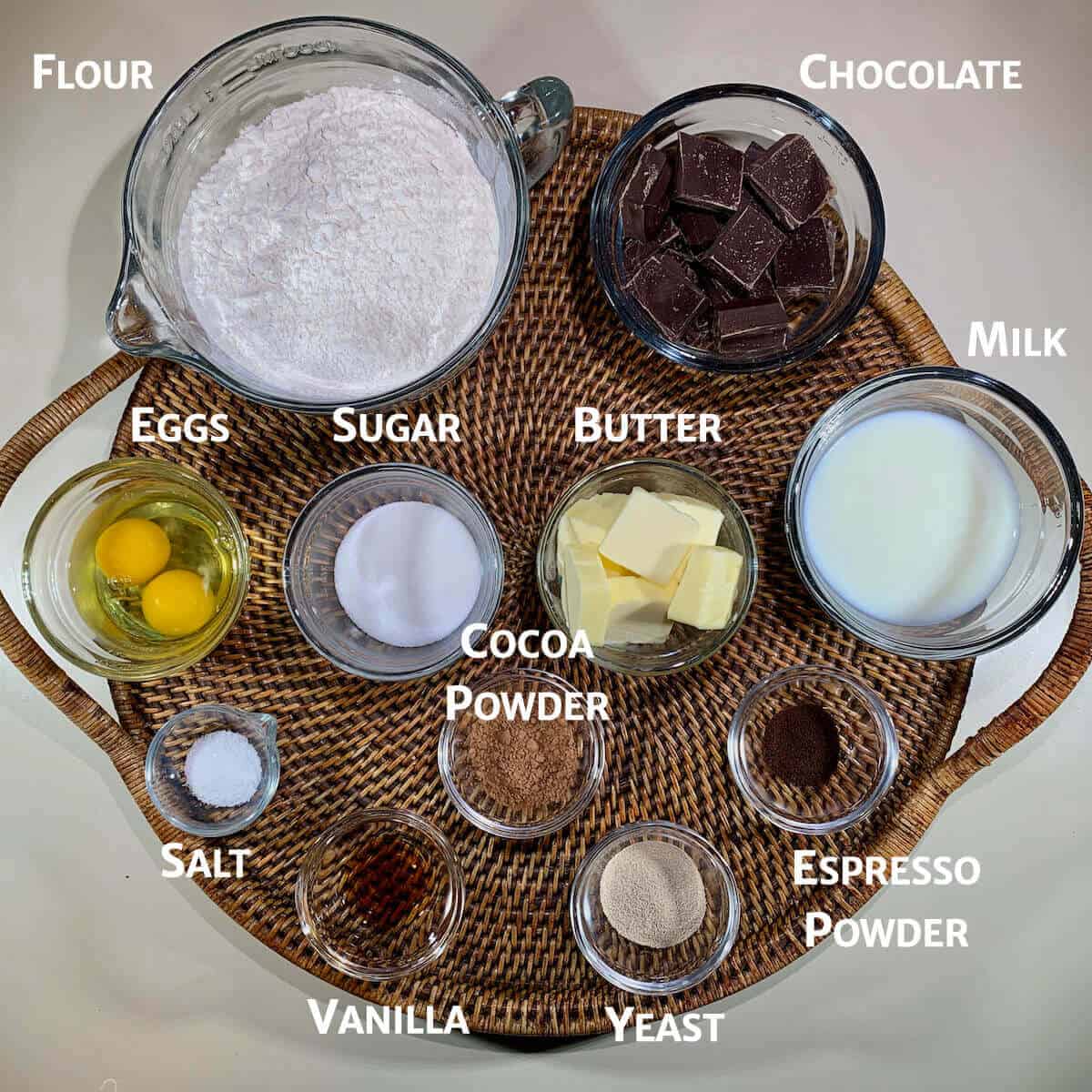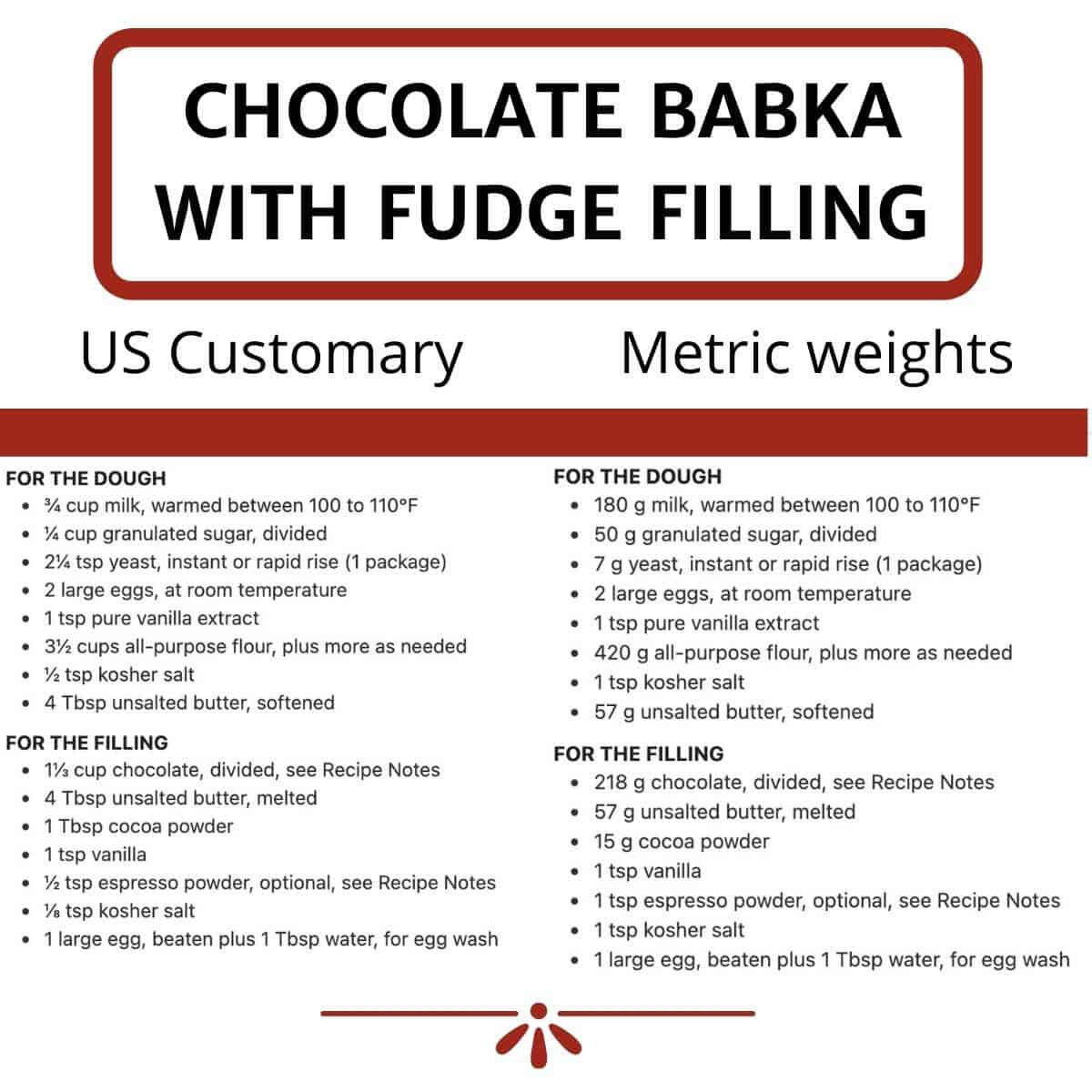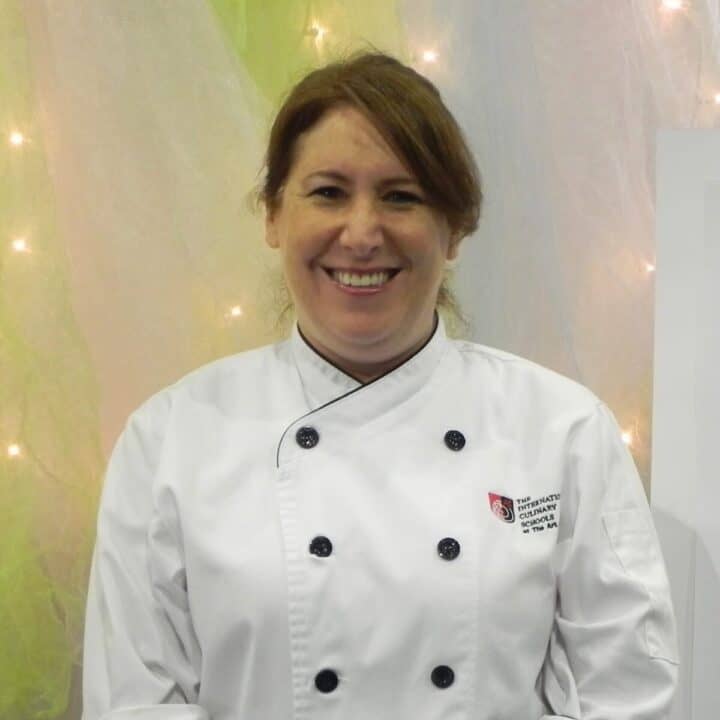A short conversation about how and why recipe ingredients are given in US Customary and metric weight units.

Jump to:
Here at Scotch & Scones, recipes are presented in both US Customary and metric measurements.
I give my metric measurements in gram weight units, but I don't use the metric volume units. I offer the US volume units for those that don’t use a kitchen scale and are used to measuring things in cups.
Before we talk about the "why I do what I do," let's talk about the "what it is."
Imperial measurement
In the US, Imperial measurements rule in the kitchen, hence the term US Customary.
In this system, dry ingredients are mostly given in volumetric measures, i.e. cups, tablespoons (Tbsp), and teaspoons (tsp). Occasionally a dry ingredient will be given by weight, i.e. pounds (lb) or ounces (oz), which is a measure of weight, not volume.
Dry ingredients measured in cups (volume) can have very different weight measurements because of the density (a measure of volume to weight) of the ingredient itself. For example, 1 cup of flour (volume) is 4¼ ounces (weight), while 1 cup of granulated sugar is 7 ounces. And if a recipe says "1 cup of flour," how that measuring cup is filled (scooped & leveled or packed in) can have a big effect in how much flour is actually used.
Liquid ingredients are given in cups, tablespoons , and teaspoons as well (volume), but their weight is given in fluid ounces (fl. oz), so 1 cup of water is 8 fluid ounces. Liquid weights can also vary by the ingredient's density for a given volume as well. For example, 1 cup of milk will weigh much less than 1 cup of molasses.
Metric measurement
Most of the rest of the world uses the metric system for recipes.
In this system, dry ingredients are given in weight units only, i.e. kilograms (kg) and grams (g). This way, density doesn't play a role and there is no ambiguity on how an ingredient is measured.
Wet ingredients are given in volume units, i.e. liters (L), and milliliters (ml). So density does play a role. In the metric system, there's no corresponding weight ingredient like the US Customary fluid ounces unit.
How and why I give ingredient metric weights in recipes
When I prepare a recipe, I will first check the units. If the ingredients are given in US Customary units, I will convert them to grams using many sources, from reading the ingredient's packaging label, to King Arthur Baking's Ingredients Weight Chart, to just weighing the ingredient myself.
When I'm ready to make the recipe, I'll weigh the ingredients (in grams) into a bowl and tare (zero out) the scale, or I will measure the ingredients into separate bowls, still by gram weight. Pictured below are the ingredients weighed out for Chocolate Fudge Babka.

As for writing out the recipe, I will give ingredients in the US customary measurements for those used to using them. I myself use the metric weight.
Here are the US Customary and metric weight units for that same babka recipe:

Here's the rub: in the metric system, people are used to seeing liquids given in those volume ingredients (ml, L). To a chef in a metric-using world, to see milk measured in grams is wrong. "It's like seeing milk measured in pounds," one friend from Canada told me.
However, I am an engineer at heart, and I strive for precision. To me, there is just too much room for error if ingredients are given in volume measurements. I don't like nor use measuring cups because they can be inaccurate.
So I weigh everything, from flour to yeast to milk. If I'm using molasses, I will calculate or measure the weight in grams from the volume measurement so it is an accurate measure.
This is just how I cook and bake, and the system works for me. If you have any questions or comments, please don't hesitate to comment below or contact me.
In the meantime, happy baking!


Let's Talk